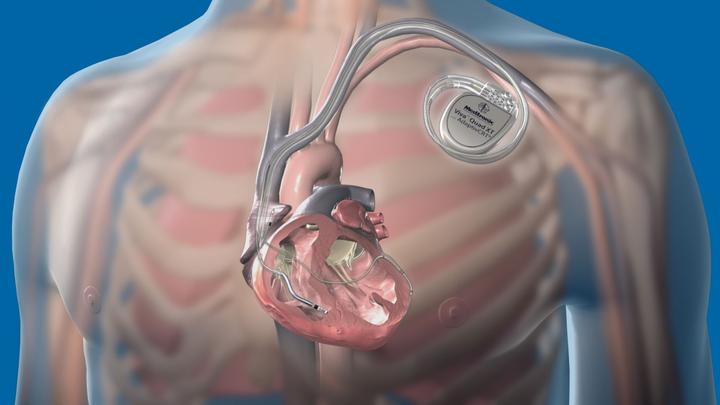
Abstract
The increasing complexity of software in implantable medical devices such as cardiac pacemakers and defibrillators accounts for over 40% of device recalls. Testing remains the principal means of verification in the medical device certification regime. Traditional software test generation techniques, where the tests are generated independently of the operational environment, are not effective as the device must be tested within the context of the patient’s condition and the current state of the heart. It is necessary for the testing system to observe the system state and conditionally generate the next input to advance the purpose of the test. To this effect, a set of general and patient condition-specific temporal requirements is specified for the closed-loop heart and pacemaker system. Based on these requirements, we describe a closed-loop testing environment between a timed automata-based heart model and a pacemaker. This allows for interactive and physiologically relevant model-based test generation for basic pacemaker device operations such as maintaining the heart rate and a trial-ventricle synchrony. We also demonstrate the flexibility and efficacy of the testing environment for more complex common timing anomalies such as reentry circuits, pacemaker mode switch operation and pacemaker-mediated tachycardia. This system is a step toward a testing approach for medical cyber-physical systems with the patient-in-the-loop.